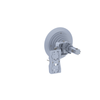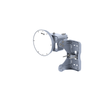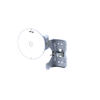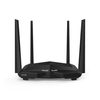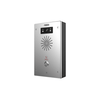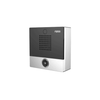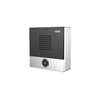
Future-Proofing Networks: The Imperative of Embracing mmWave Solutions for Neutral Hosts
- Blog
- 01 Aug, 2023
Future-Proofing Networks: The Imperative of Embracing mmWave Solutions for Neutral Hosts
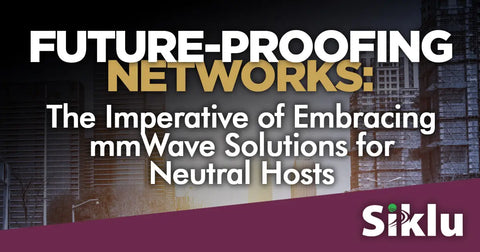
The digital world is experiencing rapid expansion, leading to an exponential surge in the demand for data capacity and connectivity. As the reliance on digital technologies and online services continues to grow, network operators face the pressing challenge of meeting this escalating need while managing their budgets effectively. To remain competitive and deliver seamless user experiences, future-proofing networks has become a critical consideration for businesses and organisations across industries.
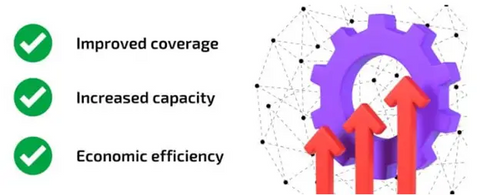
Cost Efficiency with Neutral Host Networks
Building and maintaining robust networks can be a costly endeavour. To address this concern, Neutral Host Networks (NHNs) have emerged as a promising solution. These networks allow multiple Mobile Network Operators (MNOs) to share infrastructure, leading to improved coverage, increased capacity, and cost efficiencies. By consolidating resources and infrastructure, neutral host networks eliminate the need for duplicative network deployments, resulting in substantial cost savings for mobile operators.
Enhanced Coverage and Capacity through mmWave Solutions
To prepare networks for the future and ensure they can handle the ever-increasing data demands, network designers must embrace cutting-edge technologies. Millimetre wave (mmWave) solutions offer the flexibility that fixed solutions lack. With the ability to easily add new tenants and support newly licensed and shared frequency bands, mmWave solutions enable network designers to build redundant networks that are ready to accommodate the latest advancements in 5G small cell densification.
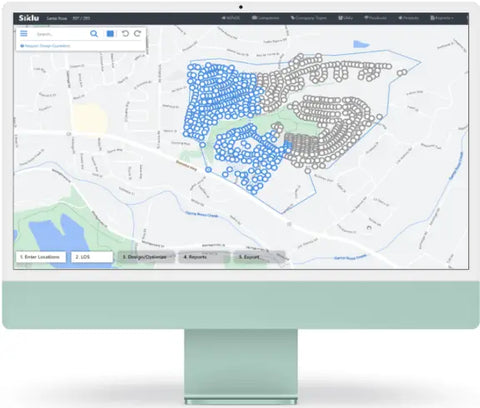
Fast Time to Market: Leveraging Neutral Host Networks
In today's fast-paced technological landscape, speed to market is a crucial factor for success. Neutral Host Networks (NHNs) facilitate rapid network deployment, allowing Mobile Network Operators (MNOs) to expand their network footprint swiftly and seize new market opportunities promptly. By partnering with neutral hosts, MNOs can overcome the challenges associated with deploying individual networks in every venue, giving them a competitive edge in the telecommunications market.
Flexibility and Scalability: Future-Proofing Networks
As technology continues to evolve, networks must adapt to changing demands. Future-proofing networks involve deploying solutions that can scale and adjust to increasing data demands. By embracing mmWave solutions, organisations can ensure that their networks are equipped to handle the growing need for data capacity and connectivity. The inherent flexibility and scalability of mmWave technology make it an ideal choice for building networks that can evolve with technological advancements.
The Concept of Neutral Host Networks
Neutral Host Networks (NHNs) revolutionise the way mobile network services are offered. These shared infrastructures enable several Mobile Network Operators (MNOs) to provide their services without the need for each operator to build separate infrastructure. By centralising infrastructure, neutral host networks benefit both operators and consumers. Operators can save on infrastructure costs, and consumers can enjoy seamless service across multiple carriers. Neutral host networks are particularly valuable in providing indoor wireless coverage and supporting high-density user environments.

The Synergy of mmWave and Neutral Host Networks
The integration of mmWave radio technology with neutral host networks brings forth a myriad of advantages. Firstly, the high data speeds and capacity of mmWave technology bolster neutral host networks' capabilities, enabling them to support a higher number of operators and a wider range of services. Secondly, mmWave spectrum provides a large bandwidth, facilitating efficient infrastructure sharing among multiple network operators without interference. This results in a more economical and cost-effective deployment. Thirdly, mmWave technology excels in high-density areas, making it ideal for neutral hosts to deploy in such regions and lease the capacity to various operators. Finally, the limited penetration and range of mmWave signals are transformed into an advantage for neutral host networks, especially in providing high-speed indoor coverage that can be leveraged by multiple operators.
Strategic Deployment of mmWave for Improved Coverage and Capacity
Neutral host networks can strategically deploy mmWave base stations to optimise coverage and capacity in areas with high user density. By leveraging mmWave solutions such as Siklu's MultiHaul TG N366 or the N367, neutral hosts can provide exceptional connection speeds and low latency to users in crowded locations. This strategic use of mmWave technology enhances the overall network experience and satisfies the ever-increasing demand for high-speed connectivity.
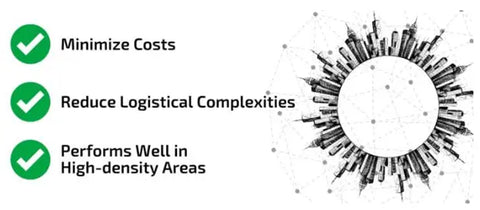
Supporting Future Network Upgrades with Field-Upgradability
The landscape of wireless networks is continually evolving, and future network upgrades are inevitable. Field-upgradability becomes a crucial feature in accommodating current and future network requirements, including the incorporation of newly allocated licensed and shared frequency bands. As the industry progresses toward next-generation wireless services, the ability to leverage new spectrum service bands becomes paramount. Neutral host networks equipped with field-upgradability capabilities can readily adapt to these changes, ensuring ongoing network optimisation and minimising the need for costly network upgrades.
Challenges Facing Neutral Host Networks
Despite their potential, neutral host networks encounter specific challenges that require careful consideration. One such challenge lies in the varying regulatory requirements and policy issues across different regions. In some areas, shared infrastructure-neutral host solutions may not be fully supported or allowed, necessitating nuanced negotiations and compliance with diverse regulations. Additionally, coordinating multiple operators on a single infrastructure demands sophisticated management and orchestration capabilities to ensure high-quality service delivery while mitigating interference between different networks.
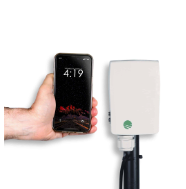
Conclusion
In conclusion, the future-proofing of networks demands a visionary approach, encompassing the adoption of innovative technologies and collaborative network models. Embracing mmWave solutions and neutral host networks allows organisations to build cost-efficient, flexible, and scalable networks that can readily adapt to the evolving technological landscape. By staying ahead of the curve and investing in cutting-edge solutions, businesses can position themselves as key players in the telecommunications industry, delivering seamless and efficient network experiences for both consumers and enterprises alike.





















